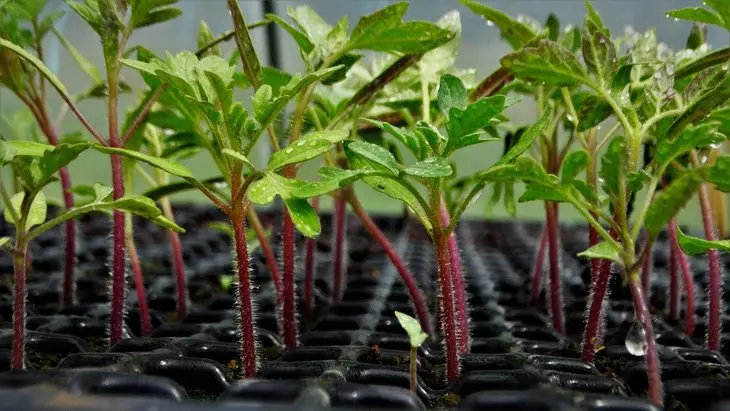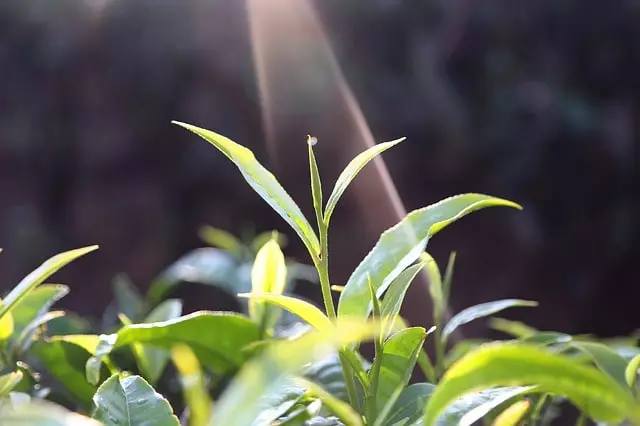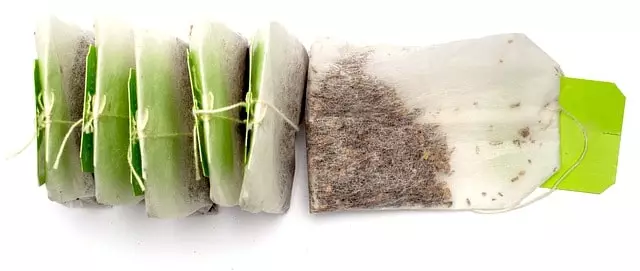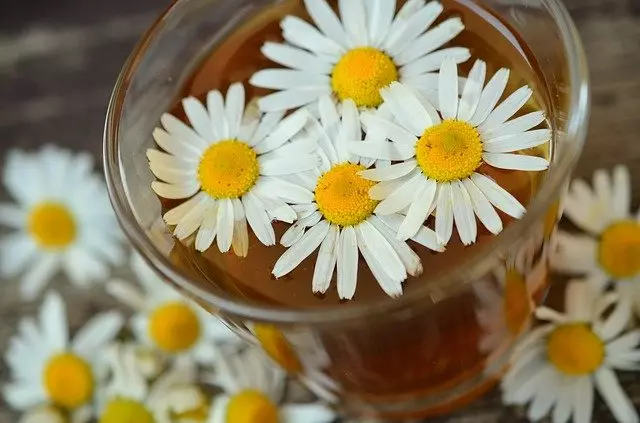
To begin with, we will understand the potential of tea and tea leaves as an organic feeding.
Dried tea leaves contain about 4.4% nitrogen, 0.24% phosphorus and 0.25% potassium. At first glance, it seems tempting, because nitrogen is very important for seedlings in the early stages of development. However, only a small part of nitrogen substances will be available to plants, and a tea bag will work as a fertilizer with slow release when embedding in soil. On the other hand, there is no risk of burn root system. (We note that in the tea extract, of course, cannot be from 4 to 5% nitrogen and other substances, so the above values are related to dried leaves).

In addition to other elements, potassium and phosphorus, the following bonuses are hidden in tea:
- Polyphenols are trace elements, of which tubyl acid is very useful for the quality of the soil.
- Theena is an amino acid-stimulator of growth.
In fact, the chemical composition of tea is still unknown. It is estimated that there are about 30,000 different polyphenols in tea, also known as Tanins, and this is just one class of compounds. In a strong cup, up to 240 mg of polyphenols may be contained.
- Black from 5 to 5.5
- Green from 7 to 10
- Herbal 6-7.
Consequently, you do not need to use tea watering every day from morning to evening. Enough one or twice a week.
Some people argue that tea is really creating with seedy of miracles. At the same time, measures should be taken into account against mushroom mosquitoes, which will hurry on the tea fragrance to the organic source of food.
Mushroom midges are those annoying tiny black flies that go around seedlings or potted plants, it is difficult to bring them. In the larval form, they eat plant roots, which is deadly for seedlings. In an adult form, they resemble tiny mosquitoes due to long legs. In the larger form, pests are white or translucent, about 5 mm long with a characteristic black head.
Therefore, going to apply tea, do not forget about the measures of prevention.

Tea plus chamomile infusion
In this scheme, ordinary black tea is applied and irrigated after irrigated by caustling from the pharmacy chamomile. Pharmacy chamomile must be mushroom mosquito.
Make a strong tea from bags without flavors or leaf in the thermos, let night and the next day you can water.
To the next watering you need to replace tea on the pharmacy chamomile.

Also brewing a strong infusion, but before use we breed a part of the infusion on 4 parts of the indulged water temperature.
Tea plus potatoes with cinnamonThis tea bag must be already used, consist only of paper, and not from polyester or other materials that do not decompose. Remove the fastening bracket and the lace, there are no proc by them - only to attract mushroom midges on the smell of "phytel".
After you break the sleeps of sachets into the soil, immediately install the trap on the pests-mosquitoes.
The larvae of mushroom midges adore raw potatoes, so fresh potato slices are a cheap way to measure the degree of infection and even get rid of some pests. More tips against mushroom mosquitoes here.
Cut the potatoes into 3 cm cubes and close in soil along the edges of the container with seedlings. After 8 hours, replace the bait. Potato starch in this case will be another source of valuable feeding for young plants.
Throughout the seaside season on the windowsill, do not forget to sprinkle with cinnamon soil.
